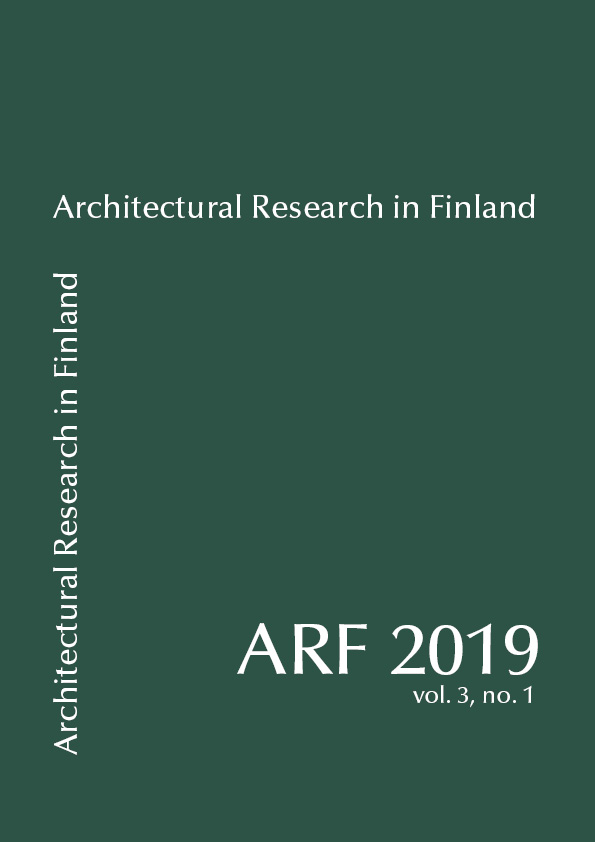The Material City
Potential for Urban Development in Mapping Material Processes, Erosion and Obsolescence in Helsinki
DOI:
https://doi.org/10.37457/arf.121665Avainsanat:
Urban metabolism, Helsinki, Urban design, planningAbstrakti
Urban development hinges on the availability of free space. The planned growth of Helsinki as reflected in the General plan of 2016 relies on identifying areas for infill in the urban fabric. In built-up areas there is a tendency to let the processes of urban change take place instead of top-down planning. This change is therefore not managed, but piecemeal, resulting in a patchwork of ‘stamp’ plans directed by narrow private economic considerations.
The life-span of buildings varies according to their material composition – also the type of a building and its spatial configuration affect its vitality. These attributes and conditions play a part in how long a building can endure before confronting the need for radical changes, and can be aggregated from open-source data and modeled using historical referents as benchmarks. This information forms a layer of probabilities in the city, revealing dormant locations facing imminent change.
By mapping the information of the material conditions on the topography of the city, we can identify potentials for development. Identifying these latent sites in the city and engaging proprietors and landowners would give new tools for the City to affect the change and renewal associated with turnover of the building stock.




